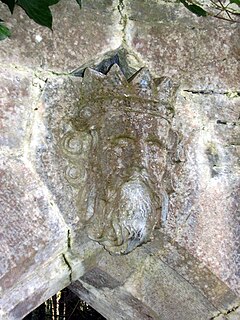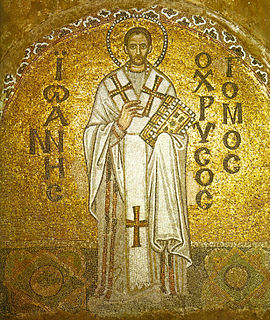This article includes a list of references, related reading or external links, but its sources remain unclear because it lacks inline citations .(June 2016) (Learn how and when to remove this template message) |
Aedh Dall Ua Conchobair, Prince of Connacht, died 1194.
A prince is a male ruler ranked below a king and above a duke or member of a monarch's or former monarch's family. Prince is also a title of nobility, often hereditary, in some European states. The feminine equivalent is a princess. The English word derives, via the French word prince, from the Latin noun princeps, from primus (first) and capio, meaning "the chief, most distinguished, ruler, prince".

Connacht, formerly spelled Connaught, is one of the provinces of Ireland, in the west of the country. Up to the 9th century it consisted of several independent major kingdoms.
Aedh was the eldest child of King Tairrdelbach Ua Conchobair (1088–1156). His mother's identity is uncertain - Tairrdelbach had six wives - but his full brothers were Tadhg Alainn (died 1143 or 1144) and Abbot Máel Ísa of Roscommon (died 1223).
Toirdhealbhach Ua Conchobhair anglicised Turlough Mór O'Connor / O'Conor, was King of Connacht (1106–1156) and High King of Ireland.

Abbot, meaning father, is an ecclesiastical title given to the male head of a monastery in various traditions, including Christianity. The office may also be given as an honorary title to a clergyman who is not the head of a monastery. The female equivalent is abbess.
Despite his seniority, Aedh's half-brother, Conchobar Ua Conchobair was favoured by their father. In 1135, during a political low-point in Tairrdelbach's career, Aedh, in concert with his half-brother Ruaidrí, staged a rebellion.
Conchobar Ua Conchobair, served as tánaiste of Connacht, fl. 1126–1144.

Ruaidrí Ua Conchobair was King of Connacht from 1156 to 1186, and High King of Ireland from 1166 to 1193. He was the last High King of Ireland before the Norman invasion.
Their attempt failed. Ruaidrí was protected by the Archbishop of Connacht, but Aedh, together with his confederate Uada Ua Con Ceanainn, was blinded by Conchobair, and Dairmait Ua Mail Ruanaid.

In Christianity, an archbishop is a bishop of higher rank or office. In some cases, such as the Lutheran Church of Sweden and the Church of England, the title is borne by the leader of the denomination. Like popes, patriarchs, metropolitans, cardinal bishops, diocesan bishops, and suffragan bishops, archbishops are in the highest of the three traditional orders of bishops, priests, and deacons. An archbishop may be granted the title or ordained as chief pastor of a metropolitan see or another episcopal see to which the title of archbishop is attached.
He died in 1194. He was the father or uncle of Tommaltach Ua Conchobair, Archbishop of Armagh 1180 to 1201.
Tommaltach Ua Conchobair, bishop of Elphin and archbishop of Armagh, lived from c. 1150-1201.

The Archbishop of Armagh is an archiepiscopacy in both the Church of Ireland and the Roman Catholic Church, two of the main Christian churches in Ireland. It takes its name from the city of Armagh in Northern Ireland. The ordinary also holds the title of Primate of All Ireland in each church. Since the Reformation, parallel successions to the archiepiscopal see have taken place.
